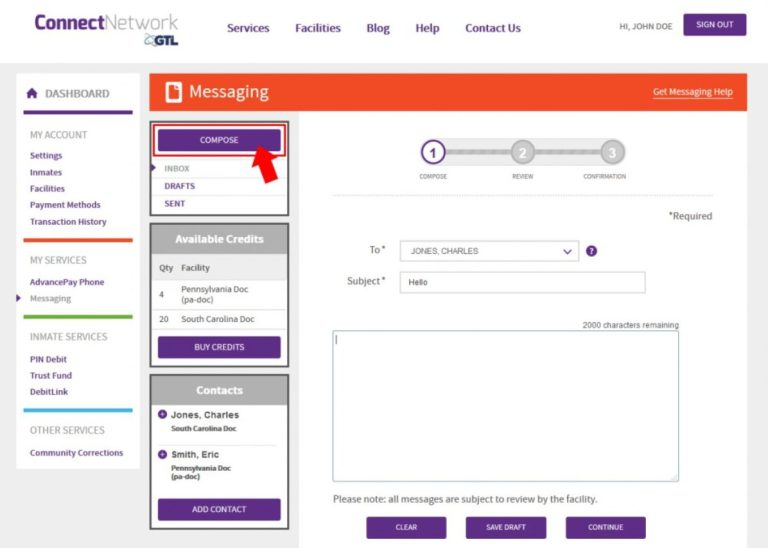Contents
Introduction
In the intricate world of workplace safety and employee welfare, the terms “workers’ compensation” and “liability” often intersect, creating a complex web of legal and financial responsibilities for both employers and employees. This comprehensive guide aims to unravel this complexity, shedding light on the nuances of workers’ compensation and liability, their interplay, and the implications for all parties involved.
Workers’ Compensation: A Safety Net for Employees
What is Workers’ Compensation?
Workers’ compensation is a form of insurance that provides wage replacement and medical benefits to employees who suffer work-related injuries or illnesses. This no-fault system ensures that injured workers receive compensation regardless of who was at fault for the incident.
Key Benefits of Workers’ Compensation
-
Medical Coverage: Covers the cost of medical treatment, rehabilitation, and prescription medications related to the work-related injury or illness.
-
Wage Replacement: Provides a portion of the injured worker’s lost wages during their recovery period.
-
Disability Benefits: Offers compensation for permanent or temporary disabilities resulting from the work-related injury or illness.
-
Death Benefits: Provides financial support to the dependents of employees who die due to work-related incidents.
Eligibility for Workers’ Compensation
To be eligible for workers’ compensation benefits, the following criteria must be met:
-
Employment Relationship: The injured individual must be an employee of the company, not an independent contractor.
-
Work-Related Injury or Illness: The injury or illness must have occurred in the course of employment or arisen out of employment.
-
Timely Reporting: The injury or illness must be reported to the employer within a specified timeframe.
Liability: The Employer’s Responsibility

What is Liability?
Liability refers to the legal responsibility of an employer for the safety and well-being of their employees. This responsibility extends to providing a safe working environment, proper training, and adequate supervision to prevent workplace accidents and injuries.
Types of Liability
-
Employer Liability: This refers to the employer’s direct responsibility for workplace injuries or illnesses caused by their negligence or failure to provide a safe workplace.
-
Third-Party Liability: This involves situations where a third party, such as a manufacturer of defective equipment or a negligent driver, is responsible for the employee’s injury.
-
Product Liability: This arises when a defective product used in the workplace causes an employee’s injury.
Employer’s Defenses Against Liability Claims
Employers can defend against liability claims by demonstrating that:
-
The employee’s injury was not work-related.
-
The employee was negligent or contributed to their own injury.
-
The injury was caused by a third party.
-
The employee assumed the risk of injury inherent in the job.
The Interplay Between Workers’ Compensation and Liability
Workers’ compensation and liability are interconnected yet distinct concepts. Workers’ compensation provides a streamlined process for injured workers to receive benefits without proving employer negligence. In exchange for these benefits, employees generally waive their right to sue their employers for damages.
However, there are exceptions to this exclusivity rule. In cases of gross negligence, intentional harm, or when the injury is not covered by workers’ compensation, employees may still pursue legal action against their employers under liability laws.
Implications for Employers and Employees
For Employers:
- Workers’ compensation insurance is mandatory in most states.
- Failure to provide workers’ compensation coverage can lead to legal and financial penalties.
- Employers must create a safe workplace and implement safety protocols to minimize liability risks.
For Employees:
- Workers’ compensation benefits provide essential financial support during recovery.
- Employees should report work-related injuries or illnesses promptly to ensure eligibility for benefits.
- Understanding liability laws can help employees seek additional compensation in specific circumstances.
Conclusion
Navigating the complexities of workers’ compensation and liability requires a thorough understanding of the legal framework and the rights and responsibilities of both employers and employees. By prioritizing workplace safety, adhering to legal requirements, and fostering a culture of transparency and communication, employers can create a safe and productive work environment while minimizing their liability risks. Employees, in turn, should be aware of their rights and the available resources to protect their well-being and financial security in the event of a work-related injury or illness.






